Cooking Oil Smoke Points Uk ^ Specified Smoke, Fire, And Flash Points Of Any Fat And Oil Can Be Misleading:
Cooking Oil Smoke Points Uk. There's So Much Confusion Just Now Around Cooking Oils, And Olive Oil In Particular, 'it's Good For You But You Shouldn't Cook With It', 'use Butter Not Oil To Cook', 'only Have A Small Portion Of Fats A Day'.
SELAMAT MEMBACA!
The smoke point of oil is the temperature at which it stops shimmering and starts smoking.

Cooking oil at the smoke point can create undesirable flavors from the breakdown and release of a chemical called acrolein which gives burnt food their characteristic aroma and taste.
^ specified smoke, fire, and flash points of any fat and oil can be misleading:
They depend almost entirely upon the free fatty acid content, which increases the smoke point of fats and oils decreases when they are at least partially split into free fatty acids and glycerol;
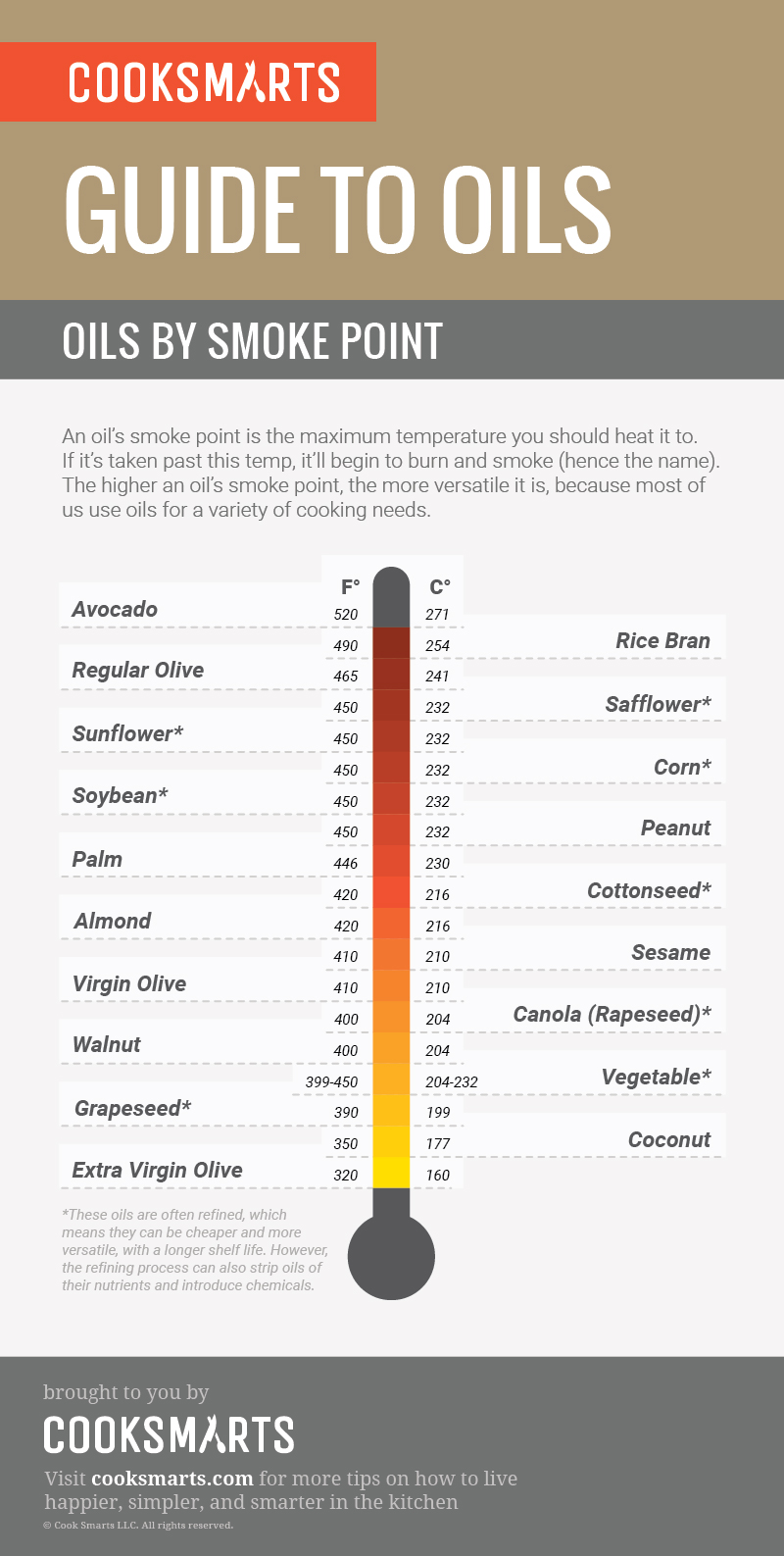
It is important to know that not all fats are the same.
The more refined an oil, the higher the smoke point.
That's because refining removes the impurities that can cause the oil to smoke.

As oil is heated, more free fatty acids are.
What they are and why they matter.
Understanding all the different cooking oil options and their smoke points shouldn't require a food science degree.
The smoke point for cooking oils varies greatly.
It depends on the components, origin, and level of refinement for that particular oil.
The smoke point tends to increase as free fatty acid content decreases and the level of refinement increases.

The smoke point of cooking oils varies widely.
In general, the more refined an oil, the higher its smoke point, because refining unrefined oils such as flaxseed oil, wheat germ oil and walnut oil have a low smoke point and should not be heated.
Upgrade your cooking by understanding each fat's smoke point — photo courtesy of getty images / peopleimages.

Furthermore, oil smoke points vary greatly from sample to sample.
An oil can vary ±70°f in smoke point temperature depending on the age of the oil the smoke point charts available on the internet and published in books are generally based on a single sample.
The number you see online is the.

Use the following temps only as a starting point.
Sunflower oil, unrefined 300's 320 f:
Are oil smoke points really a big deal?
Even though some chemistry is involved, it's easier than you might think to understand smoke points when choosing an oil to cook with.
Dive into the world of cooking oil and smoke points to discover just how fast some oils start smoking.
Learn these important smoke point temperatures for various fats and oils including olive oils, canola oils, peanut oil.
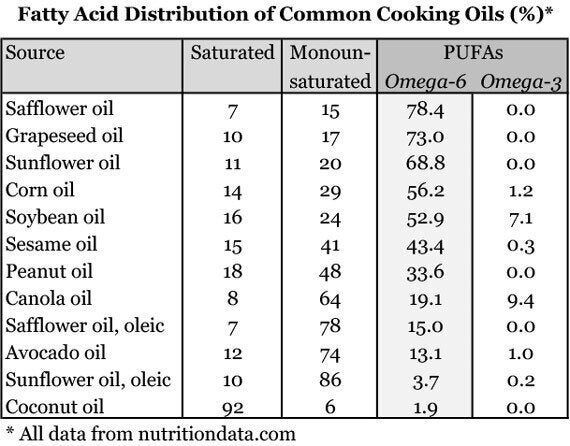
Medium smoke point oils like corn, sesame, soy beans and virgin coconut are good for sauces and light sautéing.
While knowing an oil's smoke point is important for determining which oil to choose for a particular recipe or cooking method, it's not a reliable marker of quality or safety.
Not all cooking oils are the same, with some reaching their smoking point at a much lower temperature than others.
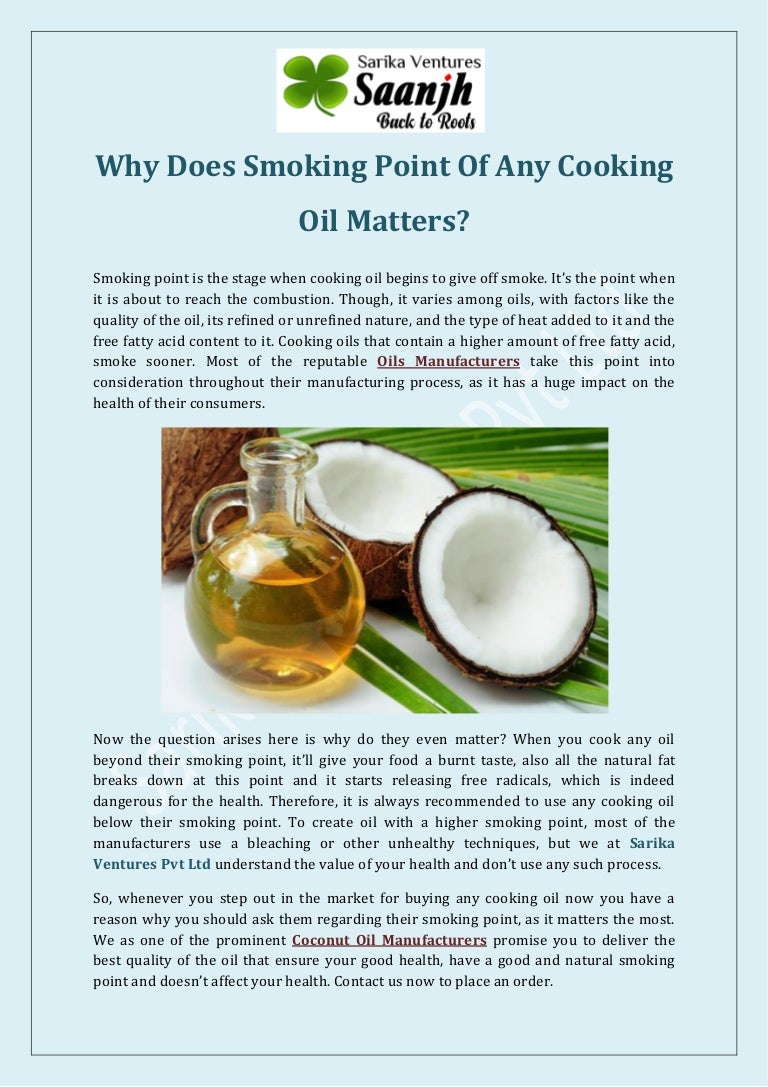
As the name would suggest, the smoking point is the moment when a cooking oil begins to give off smoke.
Every oil has a high smoke point and low smoke point.
Always use the best oil for cooking by knowing the smoke point of oils.
Examples of unrefined oils are walnut and toasted.
Due to its low price and high smoke point it is used frequently in fast food and other commercial cooking.
What you should know about oil smoke points — and why they're not as scary as you might think.

Sometimes there's just hot oil.
All fats, including the oils you typically use in the kitchen, have a smoke point, the.
Cooking with fats, oils, and their smoking points the smoking point.

When the oil is heated, it begins to smoke at a certain temperature.
While a smoking pan is never ideal in the kitchen, the oil or fat is giving a smoke signal that it is breaking.
Here are some of the most popular cooking oil smoke points and some notes on recipe use.

The smoke point is the temperature at which an oil begins to burn.
More specifically, it's when the molecules and larger compounds break down, causing.
Nutritionist, andrea donsky shows us six of her favorite healthy cooking oils, from avocado oil to coconut oil.

Simply enough, the smoke point is the temperature where an oil starts to burn and give off smoke.
Taste or flavour of the oil itself.
Frequency of how often you use the oil.
Among those listed on the page, one is be of wikipedia.
However, coconut oil is 90.
Complete guide to cooking oil with smoke point and omega 3 fatty acid ratios comparison in creating healthy meal for your loved ones.

Smoke point refers to the temperature when smoke starts.
As cooking oil heats and breaks down, it starts to oxidize, which can have unhealthy effects on your body.
Learn more about the smoke points of oil.
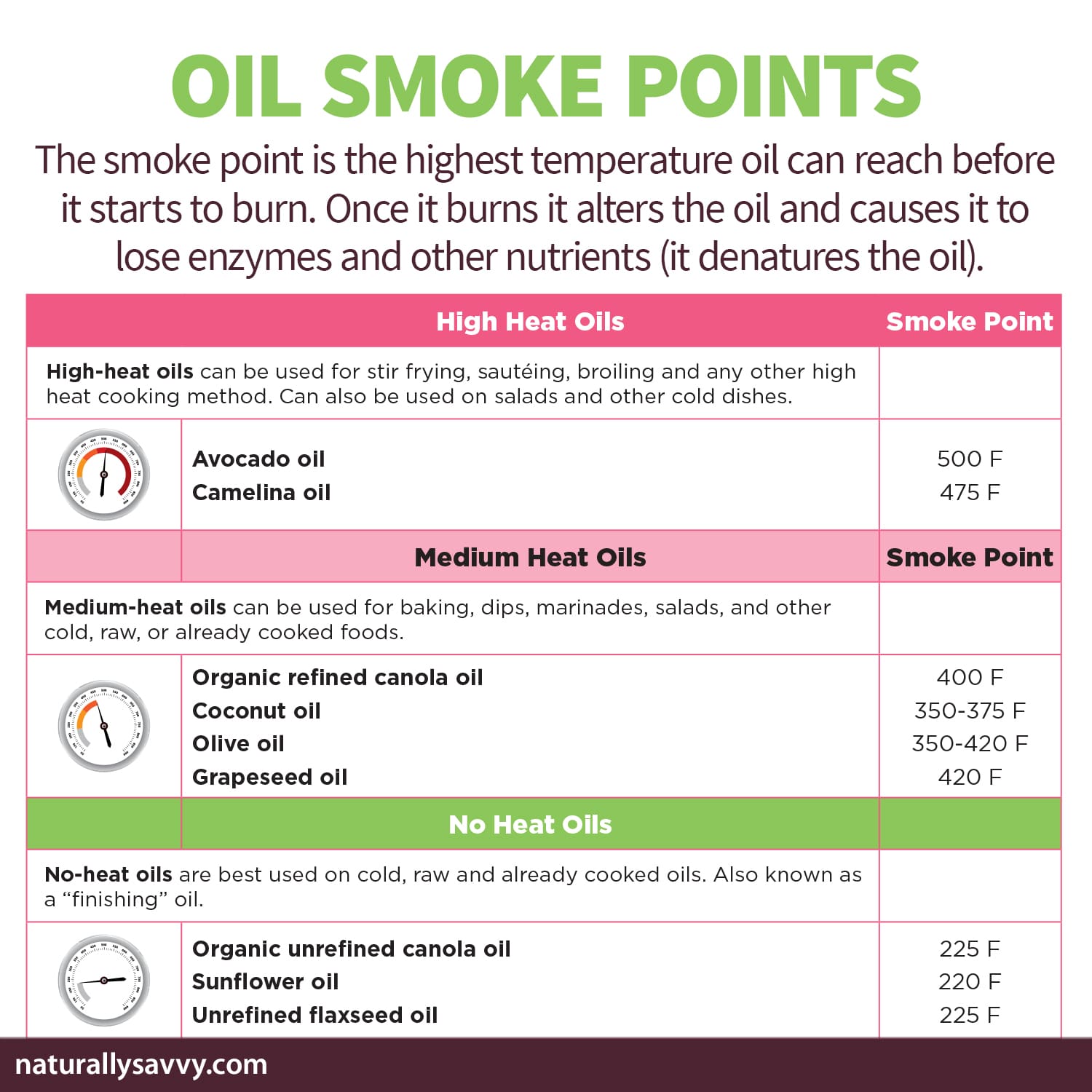
The smoke point of any cooking oil is when it reaches a temperature that causes it to break down, burn and not be very suitable for cooking anymore.
It's used in a lot of asian cuisines, especially dishes that require a lot of frying.
Different oils have different smoke points, below shows the smoke point of common cooking oils.

Farrington's mellow yellow cold pressed rapeseed oil is an ideal.
3 X Seminggu Makan Ikan, Penyakit Kronis MinggatWajah Mulus Dengan Belimbing WuluhGawat! Minum Air Dingin Picu Kanker!10 Manfaat Jamur Shimeji Untuk Kesehatan (Bagian 1)Ternyata Kalau Mau Hamil Bayi Kembar Wajib Makan Gorengan IniAwas!! Nasi Yang Dipanaskan Ulang Bisa Jadi `Racun`Jam Piket Organ Tubuh (Jantung)Bahaya! Setelah Makan Jangan Langsung Minum, Ini Faktanya!!Jam Piket Organ Tubuh (Ginjal)Mengusir Komedo Membandel - Bagian 2This is a great way for you to choose the oil that as well as smoke point, nutritional composition and flavour are also very important. Cooking Oil Smoke Points Uk. Farrington's mellow yellow cold pressed rapeseed oil is an ideal.
The smoke point of oil is the temperature at which it stops shimmering and starts smoking.

Cooking oil at the smoke point can create undesirable flavors from the breakdown and release of a chemical called acrolein which gives burnt food their characteristic aroma and taste.
^ specified smoke, fire, and flash points of any fat and oil can be misleading:
They depend almost entirely upon the free fatty acid content, which increases the smoke point of fats and oils decreases when they are at least partially split into free fatty acids and glycerol;

It is important to know that not all fats are the same.
The more refined an oil, the higher the smoke point.
That's because refining removes the impurities that can cause the oil to smoke.
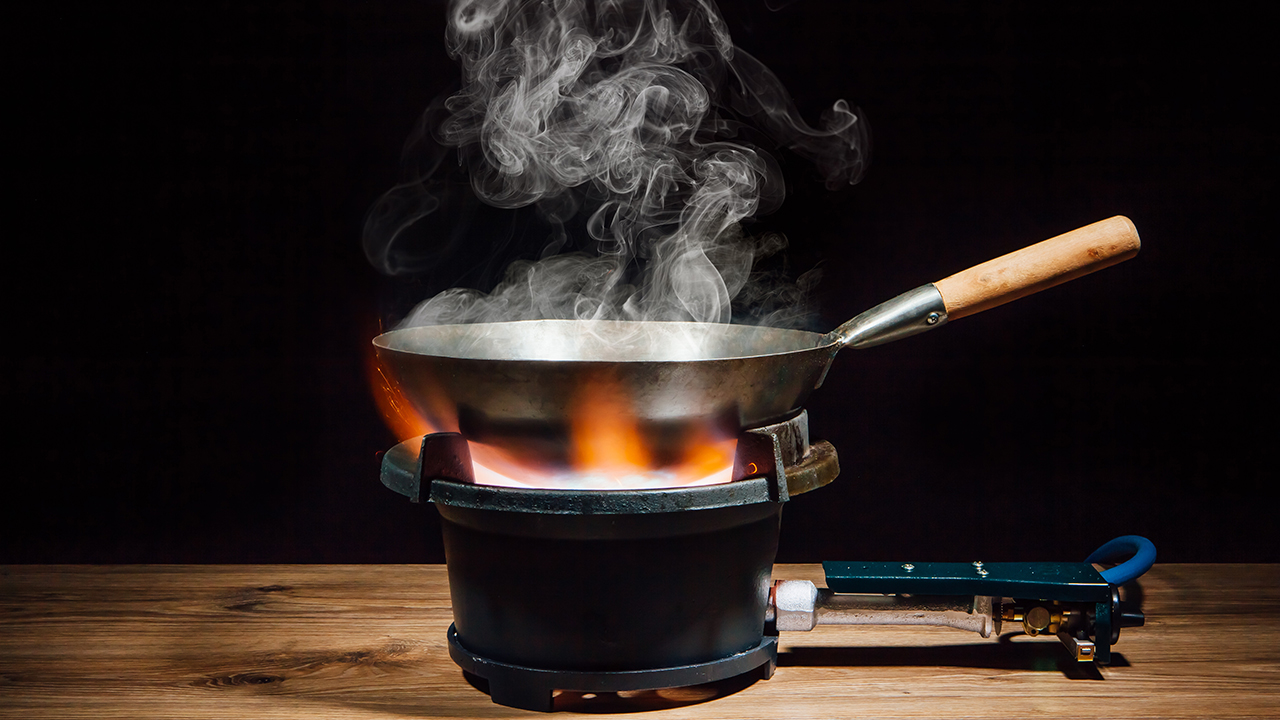
As oil is heated, more free fatty acids are.
What they are and why they matter.
Understanding all the different cooking oil options and their smoke points shouldn't require a food science degree.

The smoke point for cooking oils varies greatly.
It depends on the components, origin, and level of refinement for that particular oil.
The smoke point tends to increase as free fatty acid content decreases and the level of refinement increases.
The smoke point of cooking oils varies widely.
In general, the more refined an oil, the higher its smoke point, because refining unrefined oils such as flaxseed oil, wheat germ oil and walnut oil have a low smoke point and should not be heated.
Upgrade your cooking by understanding each fat's smoke point — photo courtesy of getty images / peopleimages.
Furthermore, oil smoke points vary greatly from sample to sample.
An oil can vary ±70°f in smoke point temperature depending on the age of the oil the smoke point charts available on the internet and published in books are generally based on a single sample.
The number you see online is the.
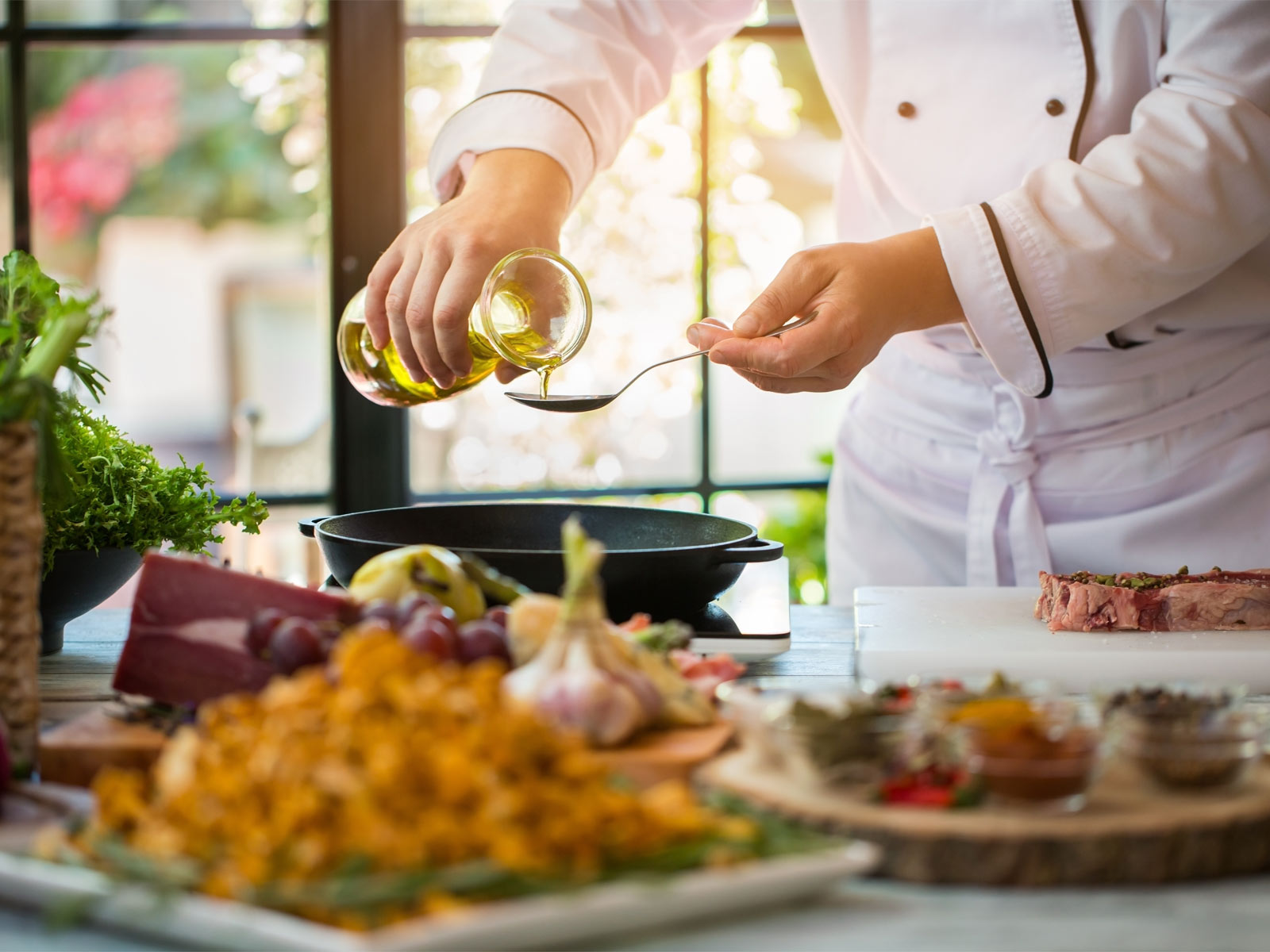
Use the following temps only as a starting point.
Sunflower oil, unrefined 300's 320 f:
Are oil smoke points really a big deal?
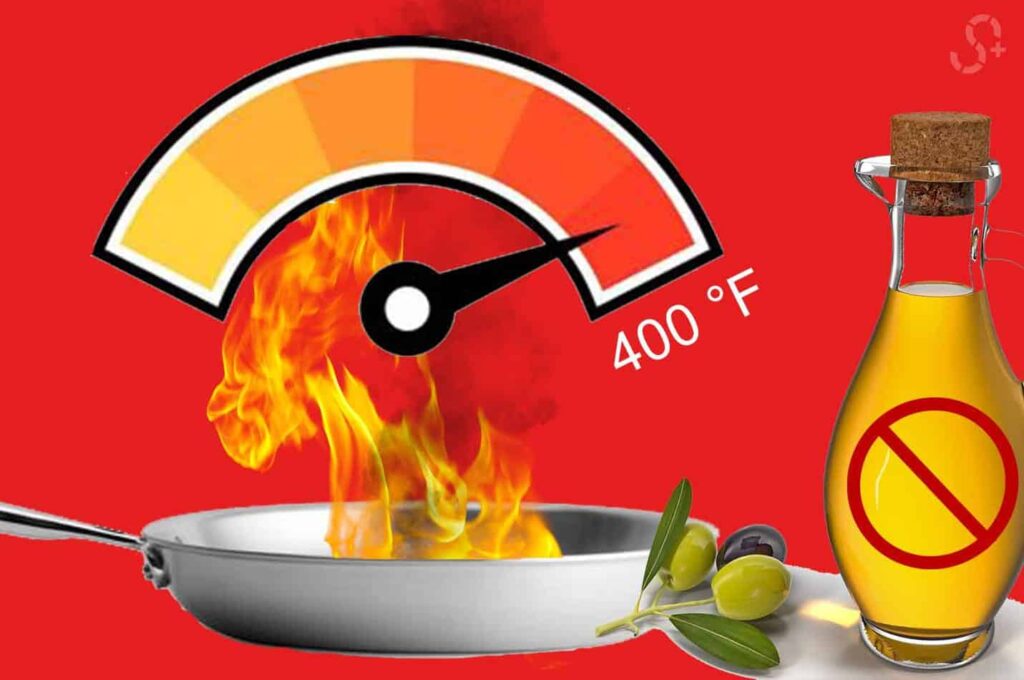
Even though some chemistry is involved, it's easier than you might think to understand smoke points when choosing an oil to cook with.
Dive into the world of cooking oil and smoke points to discover just how fast some oils start smoking.
Learn these important smoke point temperatures for various fats and oils including olive oils, canola oils, peanut oil.

Medium smoke point oils like corn, sesame, soy beans and virgin coconut are good for sauces and light sautéing.
While knowing an oil's smoke point is important for determining which oil to choose for a particular recipe or cooking method, it's not a reliable marker of quality or safety.
Not all cooking oils are the same, with some reaching their smoking point at a much lower temperature than others.

As the name would suggest, the smoking point is the moment when a cooking oil begins to give off smoke.
Every oil has a high smoke point and low smoke point.
Always use the best oil for cooking by knowing the smoke point of oils.

Examples of unrefined oils are walnut and toasted.
Due to its low price and high smoke point it is used frequently in fast food and other commercial cooking.
What you should know about oil smoke points — and why they're not as scary as you might think.

Sometimes there's just hot oil.
All fats, including the oils you typically use in the kitchen, have a smoke point, the.
Cooking with fats, oils, and their smoking points the smoking point.

When the oil is heated, it begins to smoke at a certain temperature.
While a smoking pan is never ideal in the kitchen, the oil or fat is giving a smoke signal that it is breaking.
Here are some of the most popular cooking oil smoke points and some notes on recipe use.
The smoke point is the temperature at which an oil begins to burn.
More specifically, it's when the molecules and larger compounds break down, causing.
Nutritionist, andrea donsky shows us six of her favorite healthy cooking oils, from avocado oil to coconut oil.

Simply enough, the smoke point is the temperature where an oil starts to burn and give off smoke.
Taste or flavour of the oil itself.
Frequency of how often you use the oil.

Among those listed on the page, one is be of wikipedia.
However, coconut oil is 90.
Complete guide to cooking oil with smoke point and omega 3 fatty acid ratios comparison in creating healthy meal for your loved ones.

Smoke point refers to the temperature when smoke starts.
As cooking oil heats and breaks down, it starts to oxidize, which can have unhealthy effects on your body.
Learn more about the smoke points of oil.
/arc-anglerfish-tgam-prod-tgam.s3.amazonaws.com/public/GPJ62RTEV5ECPH4GMCHO4QES7Q)
The smoke point of any cooking oil is when it reaches a temperature that causes it to break down, burn and not be very suitable for cooking anymore.
It's used in a lot of asian cuisines, especially dishes that require a lot of frying.
Different oils have different smoke points, below shows the smoke point of common cooking oils.

Farrington's mellow yellow cold pressed rapeseed oil is an ideal.
This is a great way for you to choose the oil that as well as smoke point, nutritional composition and flavour are also very important. Cooking Oil Smoke Points Uk. Farrington's mellow yellow cold pressed rapeseed oil is an ideal.Resep Cumi Goreng Tepung MantulResep Ponzu, Cocolan Ala JepangTernyata Kamu Tidak Tau Makanan Ini Khas Bulan RamadhanTernyata Makanan Ini Sangat Berbahaya Kalau Di Penjara2 Jenis Minyak Wijen Untuk Menggoreng Dan MemanggangTernyata Asal Mula Soto Bukan Menggunakan Daging5 Makanan Pencegah Gangguan Pendengaran7 Langkah Mudah Cara Buat Pizza Mini Tanpa Oven Untuk JualanResep Pancake Homemade Sangat Mudah Dan EkonomisPetis, Awalnya Adalah Upeti Untuk Raja
Komentar
Posting Komentar